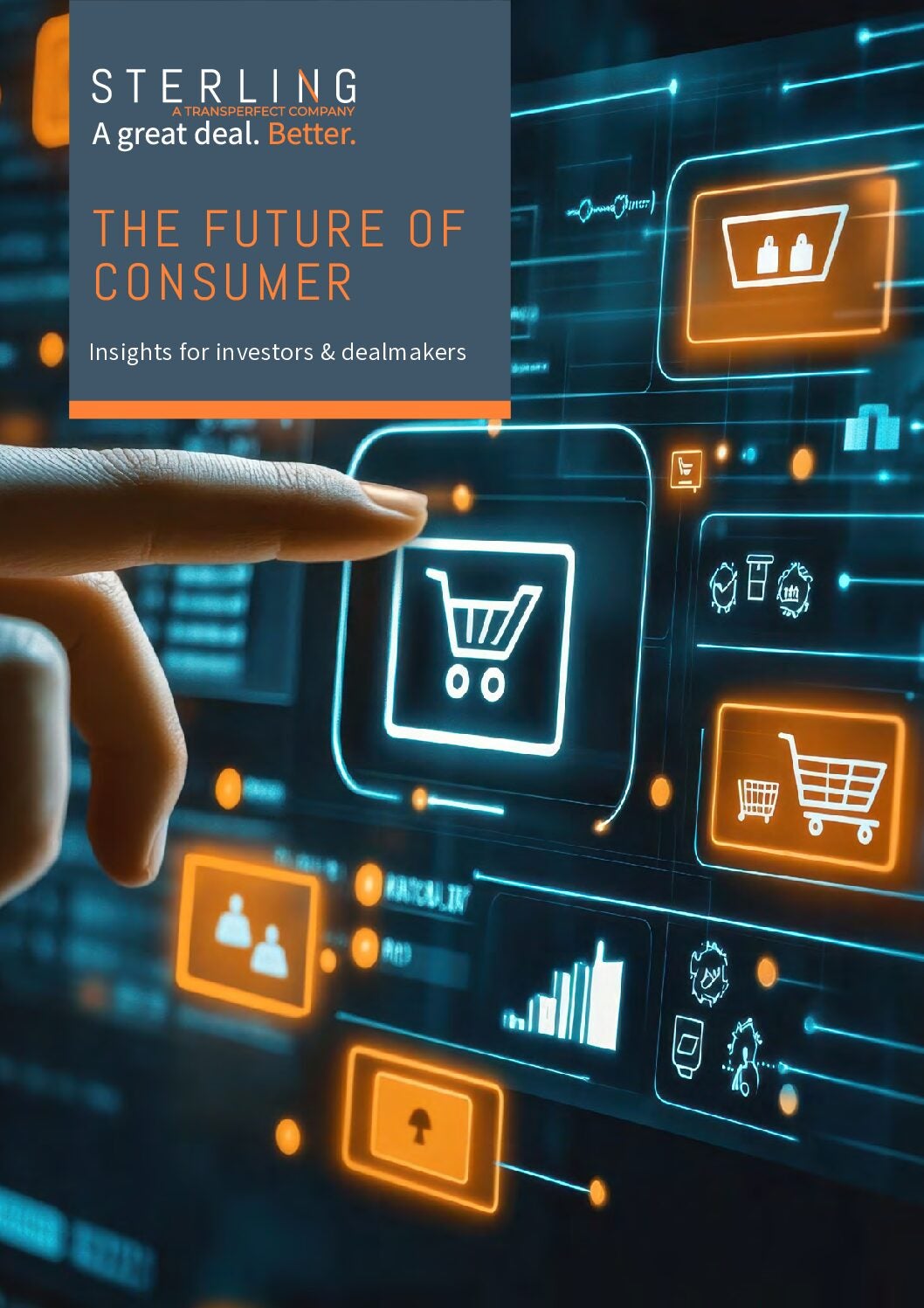
The new reality: when business-as-usual becomes impossible
Picture this: Your supply chain that worked perfectly for decades suddenly faces duties that could reach 40% or more. Your sustainability strategy, carefully crafted over years, gets upended by shifting political winds. Your brand, built on global appeal, faces boycotts in key markets over geopolitical associations you never anticipated.
This isn’t a hypothetical scenario—it’s the daily reality for consumer goods companies in 2025.
The numbers tell a stark story. The US tariff rate has skyrocketed from 2-3% at the start of Trump’s second term to an average of about 20% by August 2025—the highest level since 1934—with significantly higher rates for some countries. These tariffs are expected to cost US households an average of $2,400 in 2025, with consumers potentially seeing 40% higher shoe prices and 38% higher clothing prices.
For consumer brands, the message is crystal clear: the old playbook is obsolete.
Tariff tsunami reshapes global trade
President Trump’s return to office has unleashed the most aggressive trade policy in nearly a century. Under Section 232, steel, aluminum, and copper tariffs have reached 50%, while a 25% tariff applies to imported cars from most countries. The administration implemented a universal 10% tariff on all countries in April 2025, with higher “reciprocal tariffs” targeting nations with trade surpluses.
The impact extends far beyond simple price increases. US baseline tariffs on Chinese goods peaked at 145%, while Chinese retaliatory tariffs reached 125%. Though a temporary truce reduced these rates, the new tariff framework was set to resume on August 7, 2025.
Companies are scrambling to adapt. Coca-Cola is considering a shift from aluminum to plastic packaging to avoid steel tariffs—a move that brings cost relief but creates new sustainability challenges. Meanwhile, the three largest US automakers—Ford, General Motors, and Stellantis—have lobbied intensively for exemptions, warning that tariffs would hurt American companies more than foreign competitors.
The ripple effects are global. Canada faces 35% tariffs on many imports, with Prime Minister Mark Carney calling the increases “disappointing”. Brazil confronts 50% tariffs, while Switzerland deals with 39% duties despite its small market size.
Supply chain revolution: from efficiency to resilience
The tariff onslaught has triggered a fundamental shift in supply chain philosophy. Where cost optimization once ruled supreme, resilience and redundancy now drive decision-making.
Nearshoring—the practice of moving production closer to end markets rather than seeking the lowest-cost global options—has accelerated dramatically. US-bound imports are pivoting away from China toward markets like Argentina, Chile, and Vietnam. This realignment is complex and capital-intensive, requiring companies to rebuild relationships, retrain suppliers, and often accept higher costs in exchange for reduced political risk.
The consumer confidence crisis compounds these challenges. According to GlobalData surveys, 84% of US consumers report concern over tariff-driven price hikes, contributing to sentiment reaching a five-year low. Retail giants Procter & Gamble and PepsiCo have slashed growth forecasts, citing over $1.5 billion in unexpected input costs.
Yet amid this chaos, innovation is flourishing. Technologies like blockchain and AI-powered supply chain mapping are rapidly moving from pilot programs to mission-critical infrastructure. GlobalData’s July 2025 analysis reveals a surprising bright spot: venture capital investment in consumer goods actually rose 16% in Q2 2025 compared to Q1, reaching $1.6 billion—levels not seen since early 2024.
ESG under siege: navigating political whiplash
Environmental, social, and governance strategies face unprecedented turbulence as political attitudes toward sustainability swing wildly between regions and administrations.
In Europe, the regulatory landscape presents a complex picture. The EU Deforestation Regulation (EUDR), initially set for December 2024 implementation, has been delayed to December 2025 for large companies and June 2026 for small enterprises. When fully implemented, the regulation will require companies to trace commodities like palm oil, coffee, and cocoa back to the exact plot of land where they were produced, with violators facing fines of up to 4% of EU revenues, confiscation or exclusion from public funding or contracts, temporary prohibition from dealing in the EU for certain items due to serious infringements or potential criminal penalties under national law for breaches of the EUDR.
However, the EU has simultaneously introduced simplifications to reduce administrative burdens, with some viewing these changes as a significant scaling back of original ambitions. European Parliament lawmakers recently rejected the EUDR’s country risk classification system, potentially creating further implementation delays.
The US presents a starkly different picture. The Trump administration has systematically dismantled climate commitments, scrapping tax credits for clean technologies and retreating from environmental initiatives. Only 7% of executives surveyed in GlobalData’s Q2 2025 ESG sentiment survey believe the business community remains truly committed to ESG principles.
This regulatory whiplash creates dangerous blind spots. The UK’s planned emissions trading link with the EU will raise compliance costs for exporters. The International Maritime Organization’s 2028 carbon pricing framework will drive up freight costs, particularly affecting long-haul supply chains. Companies that ignore these emerging costs risk being caught off-guard by sudden expense spikes.
Reputational landmines in a polarized world
Geopolitical tensions have transformed brand management into a minefield. Nestlé recently cited political boycotts linked to its Israeli subsidiary Osem as a factor behind declining sales. Anti-American sentiment has flared in Canada, where “Buy Canadian” campaigns have gained traction and US-based brands report falling revenues.
These aren’t isolated incidents—they represent a new reality where geopolitical associations can instantly become consumer flashpoints. Social media amplifies these risks, turning localized controversies into global brand crises within hours.
The challenge isn’t just managing current controversies but anticipating future ones. As trade wars intensify and political alliances shift, brands must develop sophisticated scenario planning to identify potential reputational risks before they explode into public view.
The path forward: embracing intelligent adaptation
The consumer goods industry stands at a crossroads where traditional strategies are proving inadequate. Companies clinging to legacy supply chains and static business models are discovering they’re not just less competitive—they’re increasingly vulnerable to sudden shocks.
Winners in this new landscape share common characteristics:
- Radical transparency: They’re investing heavily in end-to-end supply chain visibility, not just for compliance but as a competitive advantage. Consumers increasingly demand to know where products come from, and companies that can tell that story authentically are building stronger brand loyalty.
- Strategic diversification: Rather than putting all their eggs in one geographic basket, they’re building resilient networks that can absorb disruptions. This often means accepting higher costs in exchange for reduced risk—but smart companies are finding ways to turn diversification itself into a selling point.
- Agile automation: They’re using artificial intelligence and advanced analytics not just to optimize operations but to anticipate disruptions. The most sophisticated companies are building systems that can automatically adjust sourcing, pricing, and marketing strategies in response to policy changes or geopolitical events.
- Stakeholder-centric planning: They’re expanding their definition of stakeholders beyond shareholders to include employees, communities, and even competitors. In an interconnected world, sustainable success requires building coalitions and finding win-win solutions.
The bottom line: adapt or be disrupted
The consumer goods industry is experiencing its most significant transformation since the advent of global supply chains. Companies that successfully navigate this transition won’t just survive—they’ll emerge stronger, more resilient, and better positioned for whatever challenges emerge next.
The choice is stark: embrace radical adaptation or risk being swept aside by forces beyond your control. In a world where the only constant is disruption, the ability to change quickly isn’t just an advantage—it’s an existential necessity.
Discover further insights
To learn more, download our new report—The Future of Consumer: Insights for Investors & Dealmakers—published in association with Sterling Technology—the provider of premium virtual data room solutions for secure sharing of content and collaboration for the investment banking, private equity, corporate development, real estate, capital markets and legal communities engaged in consumer and retail M&A dealmaking and capital raising.



